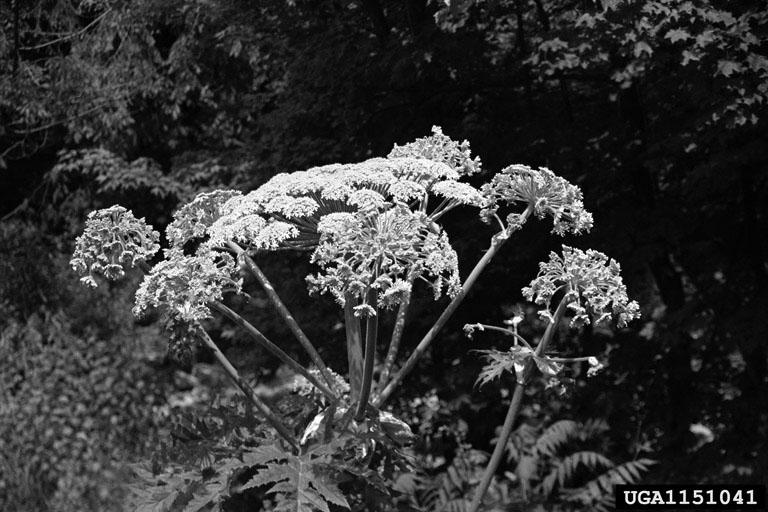Giant hogweed in Michigan
“Turn and Run! Nothing can stop them! Stamp them out,” Warns Genesis’ 1971 progressive rock classic “The Return of the Giant Hogweed.” The weed has been spotted as near as Lansing, and if it is not contained, it will spread.
Haracleum Mantegazzium, more commonly known as Giant Hogweed, was brought to the United States from South Asia as a decorative plant. If only botanists knew of this plant’s destructive nature.
Those who come in contact with the weed should absolutely not touch it. Just by brushing your skin against it, the sap will leave behind a residue. It can cause phytophotodermatitis, which causes an itchy, blood red rash when exposed to sunlight. This can leave scars for years.
If the sap gets in your eyes, it can cause permanent blindness. There is currently no cure for these symptoms. The weed also kills nearby plants.
The weed stands from 8-15 feet tall, with bright white flowers on its tops. The plant also sports small, white hairs along its branch.
The giant hogweed tends to enjoy damp, wet areas, a perfect fit for the peninsula of Michigan. The seeds are often spread from heavy winds, or can stick to any wandering person’s shoe and imbed itself into soil.
So how can Michigan residents help contain the vicious weed? If on a weekday from 9 a.m to 5 p.m, contact the Michigan Department of Agriculture & Rural Development at their phone-line 1-800-292-3939.
If attempting to dispose of the plant on your own, wear gloves and do not espose any skin where unnecessary. Absolutely do not try to weed whack, mow, or cut the plant. This not only puts the person disposing of the plant at risk of being exposed to the sap of the Giant Hogweed, but also potentially spreads the seed.
Your donation will support the student journalists of Utica High School. The Arrow appreciates your help to keep us up and running.








